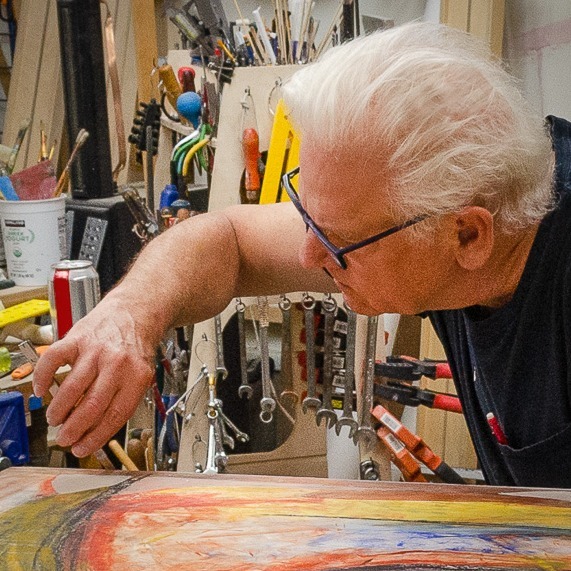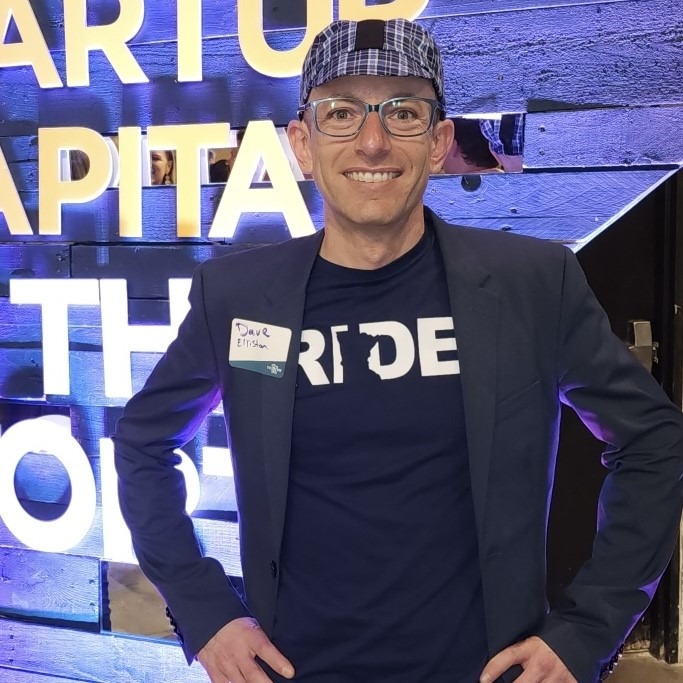Domingo Huh, Lead UX Visual Designer at Thomson Reuters, will present “Collaborative personalization at scale and AI-enabled experiences” at the MHTA Annual Spring Conference May 9. Here’s a preview of his talk.
What are we talking about when we talk about personalization?
Personalization is about having awareness of the person using your product or service, so that you can anticipate what they might find useful and/or desirable. Taking it further, personalization at scale leverages machine learning on user behavior data with a healthy dose of empathy for the person to effectively predict their needs and make the offer or serve up the next tool in a way that resonates with them.

Our products are primarily specialty research and workflow tools for news, legal, tax and audit professionals. These customers want tools that understand their intents, possess subject matter expertise and can intuitively dialog with them. I like to think of it as having an efficient conversation with less noise, that gets them straight to the tools and answers they need to advance their work.
How does Thomson Reuters Center for Cognitive Computing work?
The Center is an evolution of our traditional R&D function. We bring together designers, research scientists and engineers to conceptualize and build AI-enabled solutions for legal, tax and news customers, and work closely with the businesses (and their clients) to bring them to life. We have developed a great deal of trust with our business partners and within our teams, so that we are each able to play to our strengths in analysis, design and development to best benefit the customer. There is no one clear-cut way to design or integrate, but it’s very clear that big breakthroughs won’t happen without strong partnership between the business, research scientists, engineers and designers. We apply a user-centric approach and bring AI in as a key persona in our development, ultimately delivering improved teaming capabilities to evolving knowledge workforces.
At this conference we’re going to tackle both personalization AND trust. How do you think about trust and privacy in the context of your work?
Privacy is always top of mind. We know people are protective of their personal data, and we absolutely respect that. The industry overall has proven that there is value in using aggregate data to deliver more powerful insight. One of my favorite consumer examples of this are map applications. Because Google Maps knows something about your routine and schedule and can marry that knowledge (intent) with traffic and weather data in real-time, you have a much more accurate sense of when you’re going to arrive at your destination. We are always considering the “art of the possible,” what can an end user do so that it feels like the tool “knows” them. In tandem, we make sure we’re protecting their privacy. It’s not either/or.
Who should attend your session?
This session will be beneficial for anyone working on AI-enabled tools with end users! I’m a designer, and I’m excited to share my story with other designers, who want to be sure their perspective – and that of the end-user – stay top of mind in any project. Research scientists and engineers will get my take on how user empathy can boost their overall result. Business leaders will benefit from hearing first-hand how things work in design labs like ours.
You’re traveling to Minnesota from Toronto from this event. How are you going to spend your off hours on this trip?
I could use some new, local suggestions for dinner while I’m here. Can your readers recommend any good patios?
Learn More about the MHTA Annual Spring Conference
Sidebar: Overview of Domingo’s session, Collaborative personalization at scale and AI-enabled experiences
One size (or design) doesn’t fit all. Not for shoes, and certainly not for the potential pace of knowledge work. Today, we have the capabilities to personalize user engagement and satisfaction only dreamed of a decade ago. An ever-expanding treasure trove of data can be analyzed, modelled and ultimately used to predict contextually relevant information and actions in a timely manner. Multiple technologies (IoT, Cloud Computing, ML and more) are giving rise to a potential heterogeneous teaming of Human & Intelligent Assistant technologies, effectively collaborating to achieve user goals. All of this is fundamentally changing the way we are designing of AI-enabled experiences. The presenter will outline his view of designing a collaborative future of AI-enabled experiences, from fundamental questions and assumptions to be evaluated, designing the art of the possible with heightened controls on data privacy, to AI personas and Systems/Design thinking.
Other sessions related to personalization:
- AI and telehealth Presented by Senthil Kumaran CTO virtuwell, by HealthPartners
- Building an end-to-end data science practice in an Agile framework Presented by Susan Van Riper Sr. Product Capability Manager, Machine Intelligence / Data Science Best Buy

















